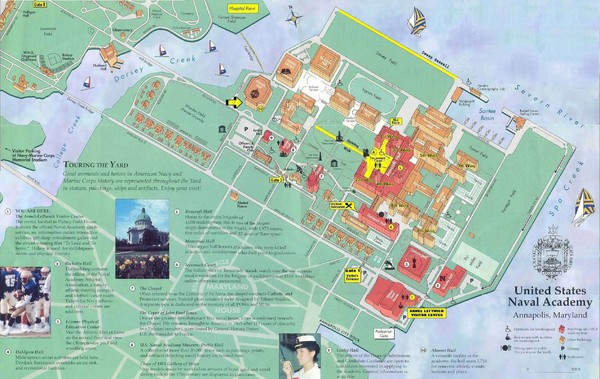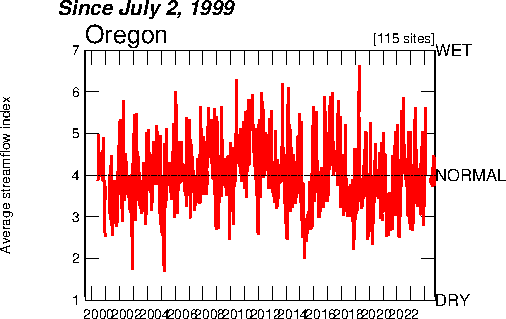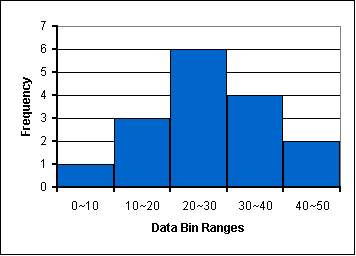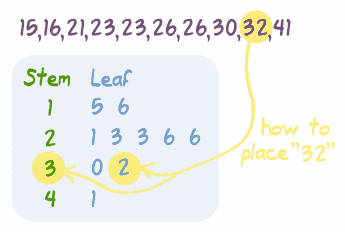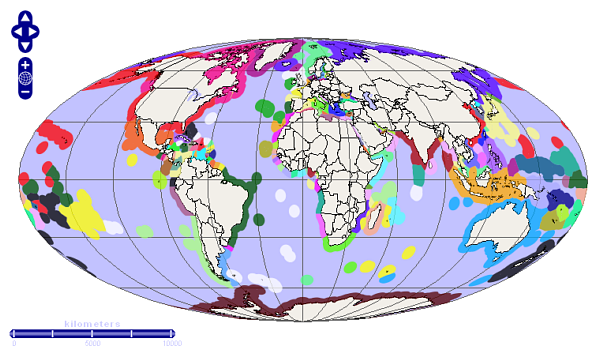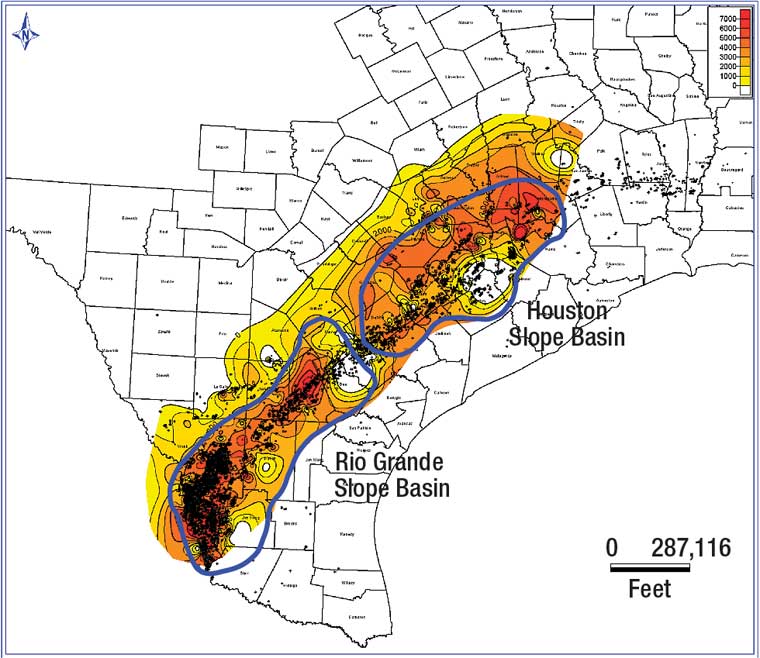Although I have already posted a planimetric map, I wanted to post just one more. The above map is a planimetric map of the Naval Academy in Annapolis, MD, where my little brother is currently undergoing plebe summer (a form of boot camp)! You know the above map is a planimetric map because this map represents only the horizontal positions of features (without their elevations).
The map URL is: http://mappery.com/United-States-Naval-Academy-MapGO NAVY, BEAT ARMY!!
